Long before the onset of autumn, every fashionista is in a "creative search" for fashionable coats. It happens that among the proposed options you can't find what you like, in this case the best solution is to find out how to sew a coat for yourself.
You can create a coat pattern yourself, or you can find a template on the Internet.
- Choosing a material for sewing a coat
- Demi-season
- Winter
- Materials, tools
- What measurements will be required?
- Allowances
- How to sew a coat without a pattern with your own hands
- Allowances
- Pattern of a classic coat
- How to cut and sew a coat using patterns
- Finishing the bottom of the sleeves with facing
- Sleeve lining base
- Processing pockets in darts
- Cut out the lining
- According to patterns
- By product
- Making a collar
- Lining base
- Connecting the product to the lining
- Turning the bottom
- Turning the sides
Choosing a material for sewing a coat
Officially, there are several varieties of the product:
Demi-season
When sewing this option, preference should be given to soft and moisture-resistant materials. The selected material should not be dense: such products do not have a lining.
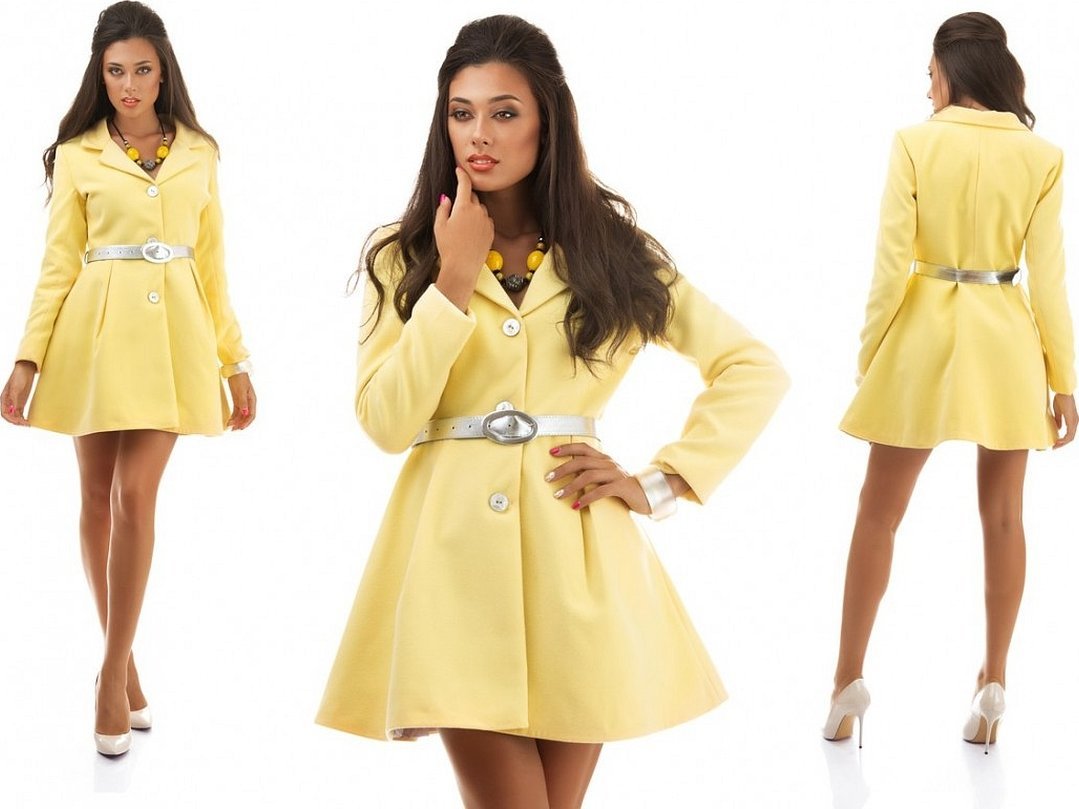
Winter
The winter version has several layers, each of which performs its own function:
- Wind protection;
- Insulation;
- Lining.

Important! Before purchasing material, you need to pay attention to the composition of the fabric.
There are the following types of fabric intended for sewing coats:
- pile;
- double-sided;
- curly;
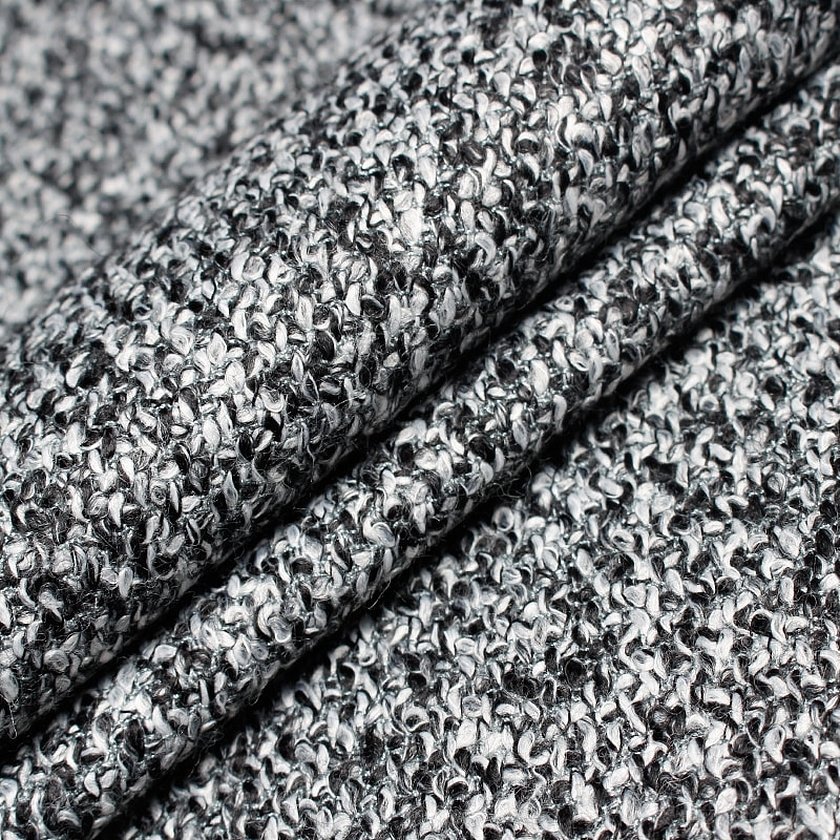
- raincoat;
- textile;
- "goose foot";
- with cones;
- jacquard;
- velours;
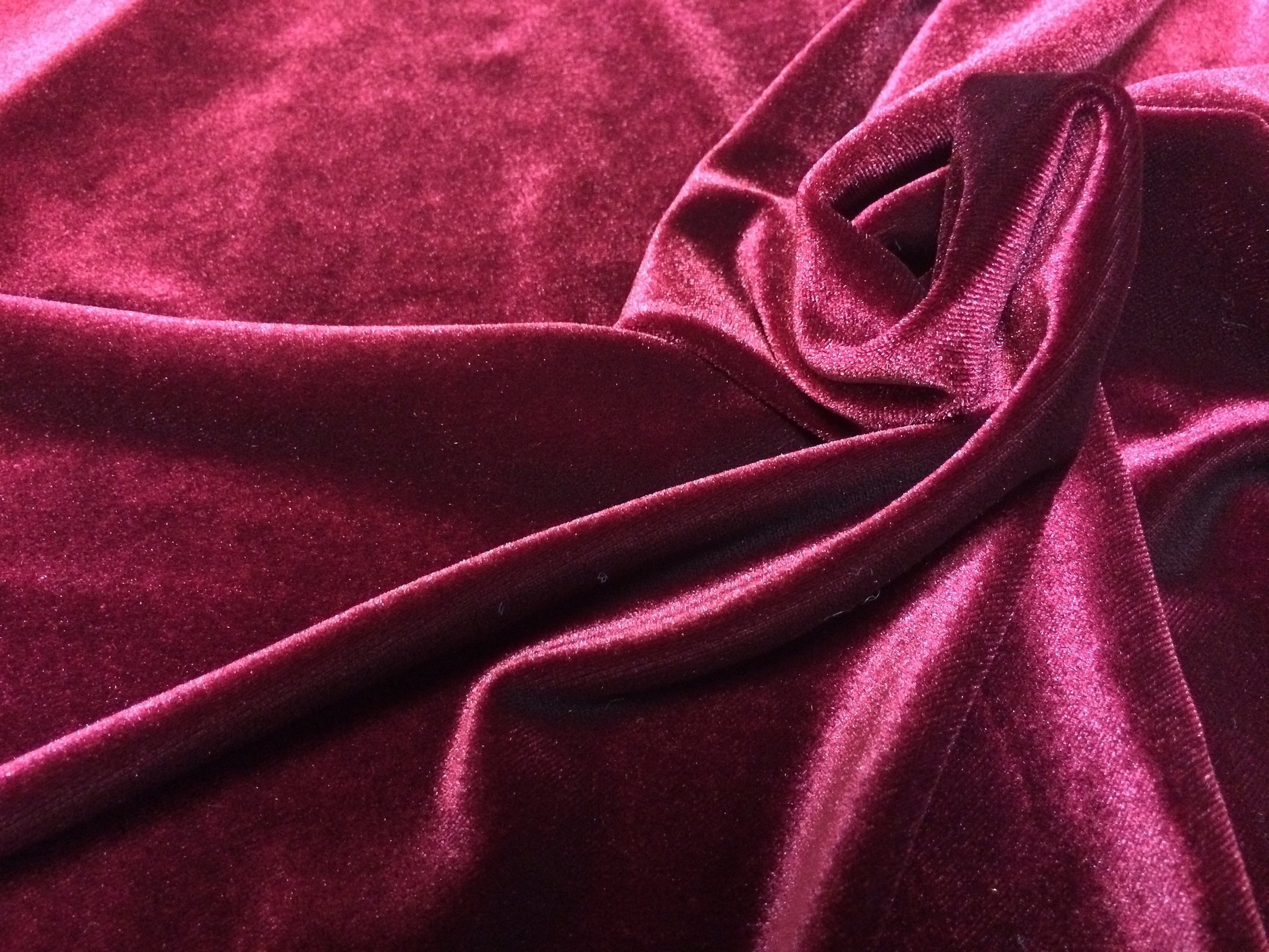
- rubberized;
- structural;
- Jersey;
- coupon;
- boiled;
- felted«
- "Christmas tree";
- cashmere;
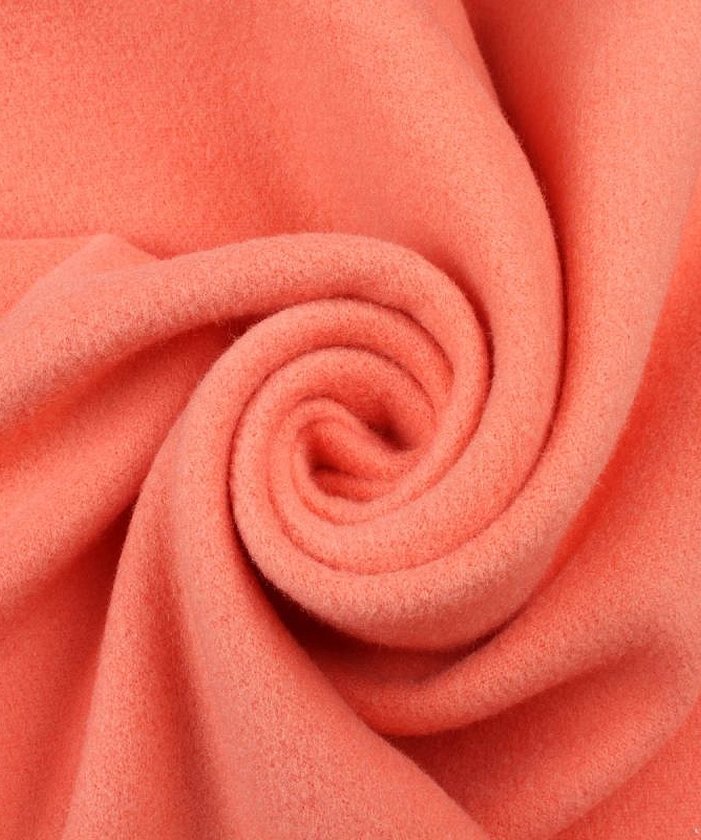
- vigogne;
- diagonal;
- moleskin;
- gabardine;
- artificial suede.

Each material from which a pattern can be made has a number of advantages. However, among all the variety of materials, the following should be highlighted:
- Cashmere is a soft material that looks presentable. Advantages: heat insulation, wind resistance, durability.
- Tweed - has characteristics of cashmere. Looks inexpensive, but quite original.
- Raincoat. The product does not look so expensive, but has all the necessary properties. The main advantage is the quick cleaning of the glossy material from dirt.
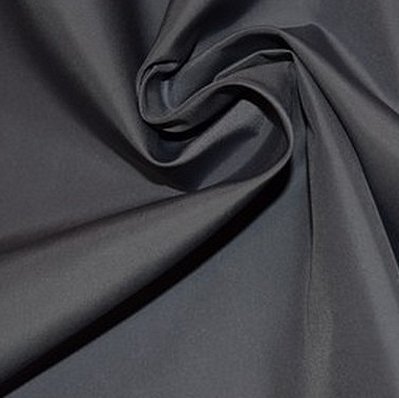
Attention! Sewing a coat is a responsible process. It is for this reason that the choice of material will vary depending on the season of the product. For example, a summer coat pattern is based on soft fabrics, while a winter coat will be made from more durable fabrics.
Materials, tools
To work you need the following:
- Material (wool, drape, cashmere);
- Non-woven fabric;
- Lining.
- Sewing equipment;
- Threads (for basting, for stitching);
- Chalk or a piece of soap;
- Scissors;
- Pins;
- Basting needle.
Attention! Before sewing the coat, the material is washed in warm water and glued with interlining. Similar actions are repeated after the oversized coat pattern is made.
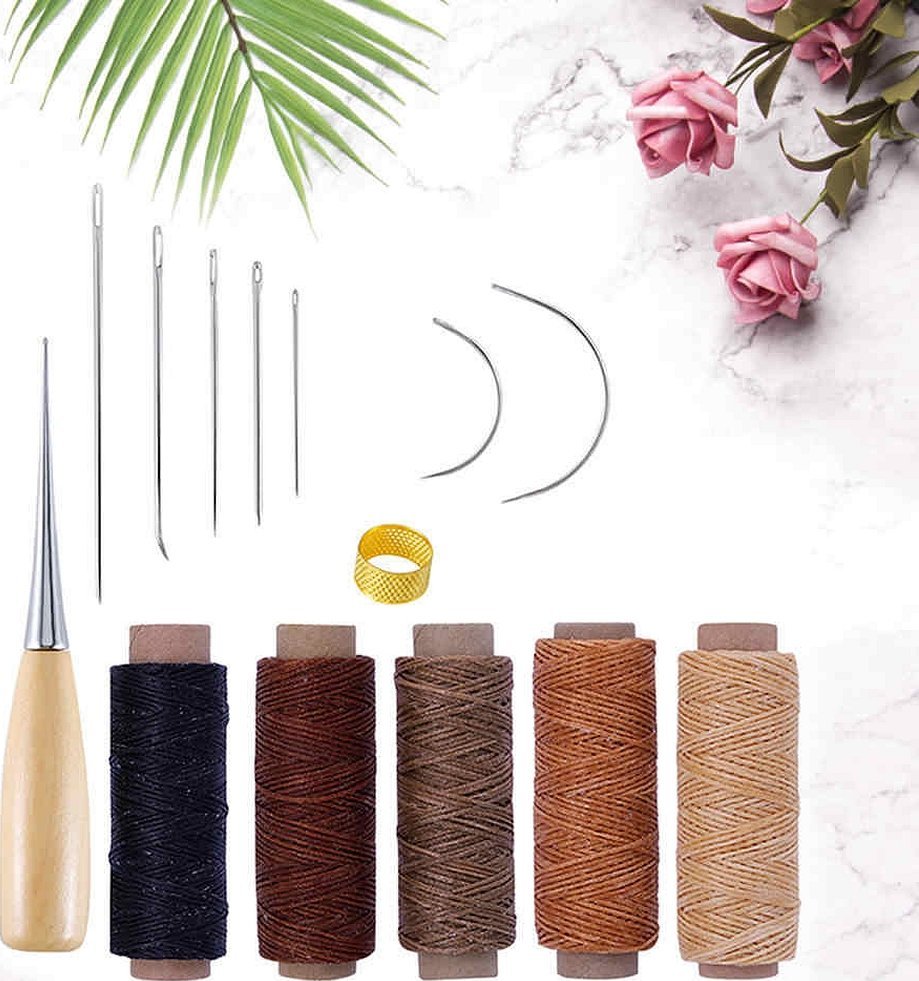
What measurements will be required?
Required measurements:
- Neck circumference.
Measure the base of the neck.
- OG;
- FROM;
- OB: If there is a belly, it is necessary to put a magazine or ruler underneath.
- CG;
- SHG;
- SS;
- DTS;
- VB;
- DTS1;
- VG;
- Road accident;
- ДТП1;
- Solution of bust dart;
- military-industrial complex;
- VPR (below);
- SP;
- Druk;
- OP;
- OZ.
Allowances
Adjacent - semi-adjacent:
| Abbreviation | Increase | meaning |
| PDT | To the length up to the waist line | See + 40 mm (under the belt, if there is one) |
| POG | To the chest girth | 100-200mm |
| SWEAT | To the waist line | 80-220 mm |
| POB | To the girth along the hip line | 100-140 mm |
| PShS | Bring your hands together in front, measure the width of your back - width + increase | 80 mm |
| PSHG | To the width of the chest | 60 mm |
| Pplecha | On the shoulder seam | Up to 2 cm |
| Pdli | To the length of the product | 2 cm |
| Pop | To the shoulder girth | 90-150mm |
| Pdlr | To the sleeve length | Up to 2 cm |
If you are sewing a straight-cut coat, the following allowances will be required:
| Abbreviation | Increase | meaning |
| PDT | To the length up to the waist line | 10+ 50 mm (under the belt, if provided) |
| POG | To the chest line girth | 200-300 mm |
| PShS | By the width of the back | 80-100 mm |
| POB | To the girth along the hip line | 200-300 m (when sewing a trapeze, the allowance should be increased) |
| PSHG | By the width of the back | 60-90 mm |
| Pplecha | Along the shoulder seam | Up to 3 cm |
| Pdli | By the length of the product | Up to 2 cm |
| Pop | By shoulder circumference | 150-200 mm |
| Pdlr | On the sleeve | Up to 2 cm |
How to sew a coat without a pattern with your own hands
Making a pattern is not a mandatory condition for sewing a coat. Not every woman knows how to sew a coat without a pattern, but in many ways, sewing such a product significantly simplifies the craftswoman's life.
To do this, give preference to wool, cashmere or double-sided fabric: the material should look beautiful both from the front and from the back (the coat will be sewn without lining).
"Burda" can suggest pattern options for similar items. The pattern for a men's coat is often published in this fashion publication.
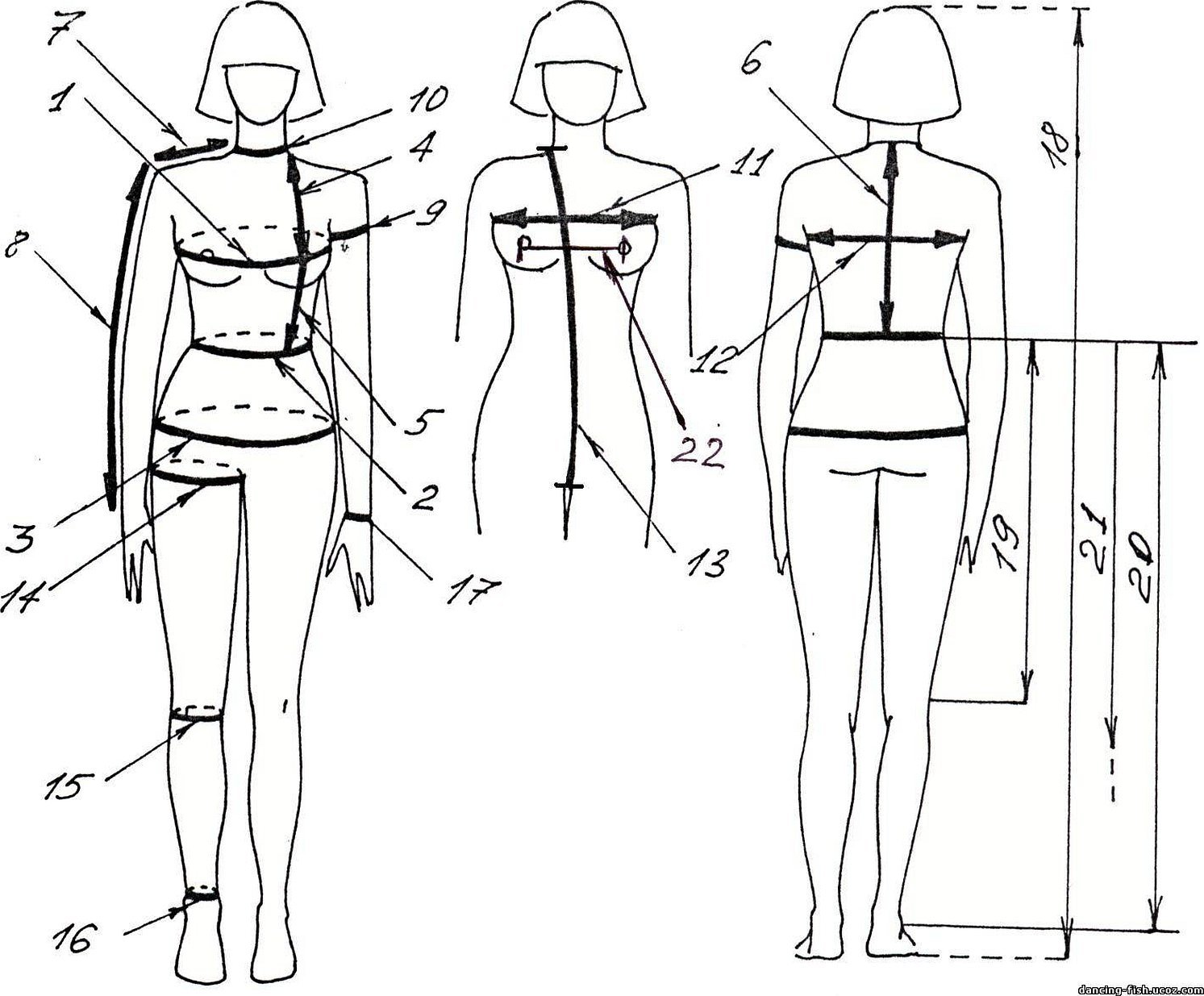
Taking measurements:
- chest circumference;
- waist;
- hips;
- necks;
- shoulder length;
- sleeve and raglan (if any).
All measurements are optional, but anything can happen when sewing (measurements are written down).
Attention! Simple styles of the product are sewn without a pattern: the coat has no darts or folds (the coat is straight cut, not very close to the figure).
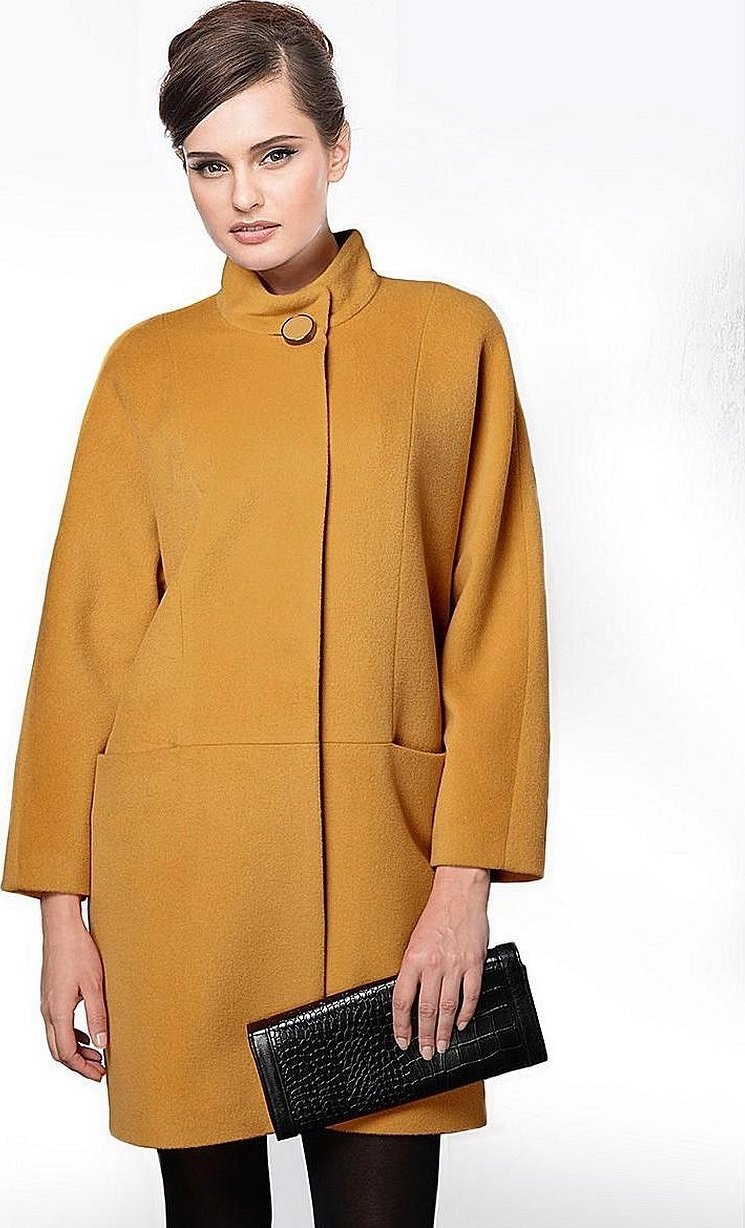
Allowances
The rectangular parts of the back and front correspond to the parameters of the width of the half-girth of the hips, with an allowance of 5 cm for ease of fit.
To construct a one-piece sleeve, measure the shoulder width from the neckline, and add the sleeve length here.
There should be no questions with a stand-up collar: take a strip of material of the length corresponding to the neckline and with the parameters of the required length (parameters of the stand height).
The side seams are stitched on a machine, the stand-up collar is processed and sewn in, the bottom of the sleeves is turned up, and the lower part of the garment is finished.
To make the fastener, you need to process the edges of the shelves. You can sew a coat without fasteners, but in this case, you need to make a belt from the leftover fabric.
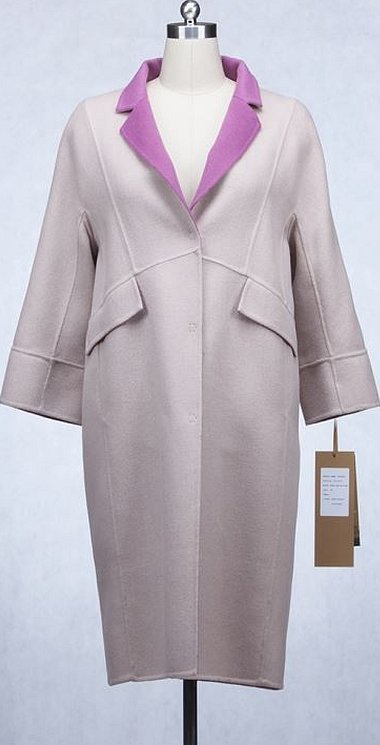
Pattern of a classic coat
The pattern of the demi-season coat is modeled on the basis of the basic pattern of the women's coat with an addition of 70 mm for a free fit, the basic pattern of the two-seam sleeve.
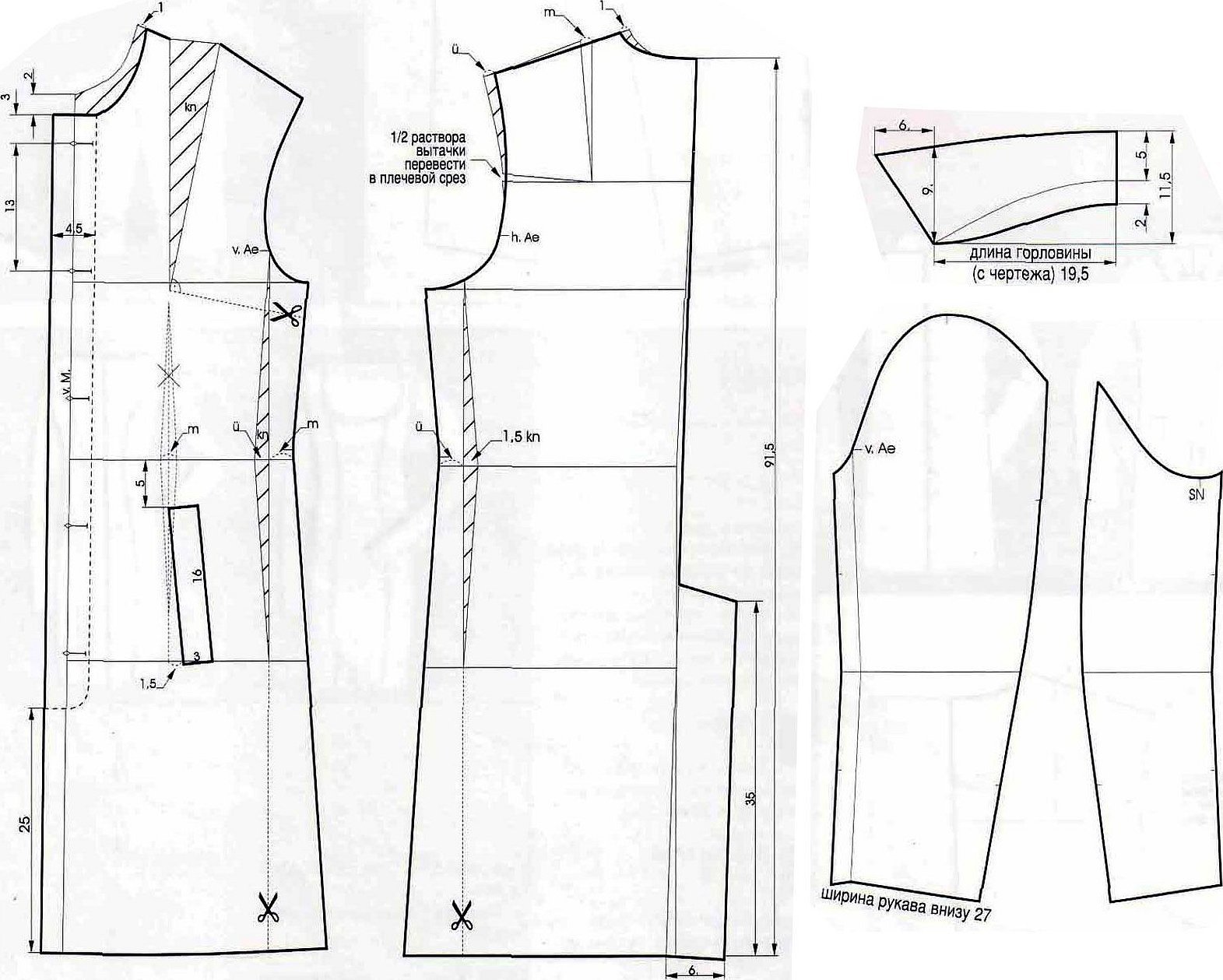
Back modeling:
- Location of the relief of the back line. From point A, 70 mm is measured to the left along the shoulder. The relief seam line is drawn.
- The line of the middle seam of the back is straightened and drawn under the ruler from the waist line. The back piece is cut along the waist line.
- A flare is made along the lower part of the back pieces by 50 mm.
Modeling the shelf:
- From point B, 70 mm are measured to the right along the shoulder. The bust dart is moved, the relief seam line of the shelf is drawn. The waist line of the shelf is raised along the side seam by cm;
- From the line running in the middle of the front, 60 mm are measured to the right and left. The side flare of the shelf is made along the bottom by 120 mm.
- From point C, 20 mm is measured down and the lapel is drawn. From the horizontal line, 230 mm is measured down;
- The shoulder line is extended to the right and is plotted along it;
- The lapel fold line is drawn. The neckline is deepened, the lapel configuration is constructed - 14 cm;
- A turn-down collar is constructed, cut and spread along the top edge by 25 mm;
- Marking of loops and buttons is done;
- The side of the front and the front, the facing are re-shot. The double-breasted sleeve is cut without changes.

Attention! To prevent the product from stretching or deforming, all parts are backed with grey interlining.
Additionally, the edges of the sides, armholes, lapel fold line, neckline, collar corner, and outer detail of the valve are duplicated with a shared selvedge.
To sew the product, you need 3 m of loden with width parameters of 1.5 m. The back, front and sleeve parts are cut with allowances of 15 mm, and allowances at the bottom are 40 mm.
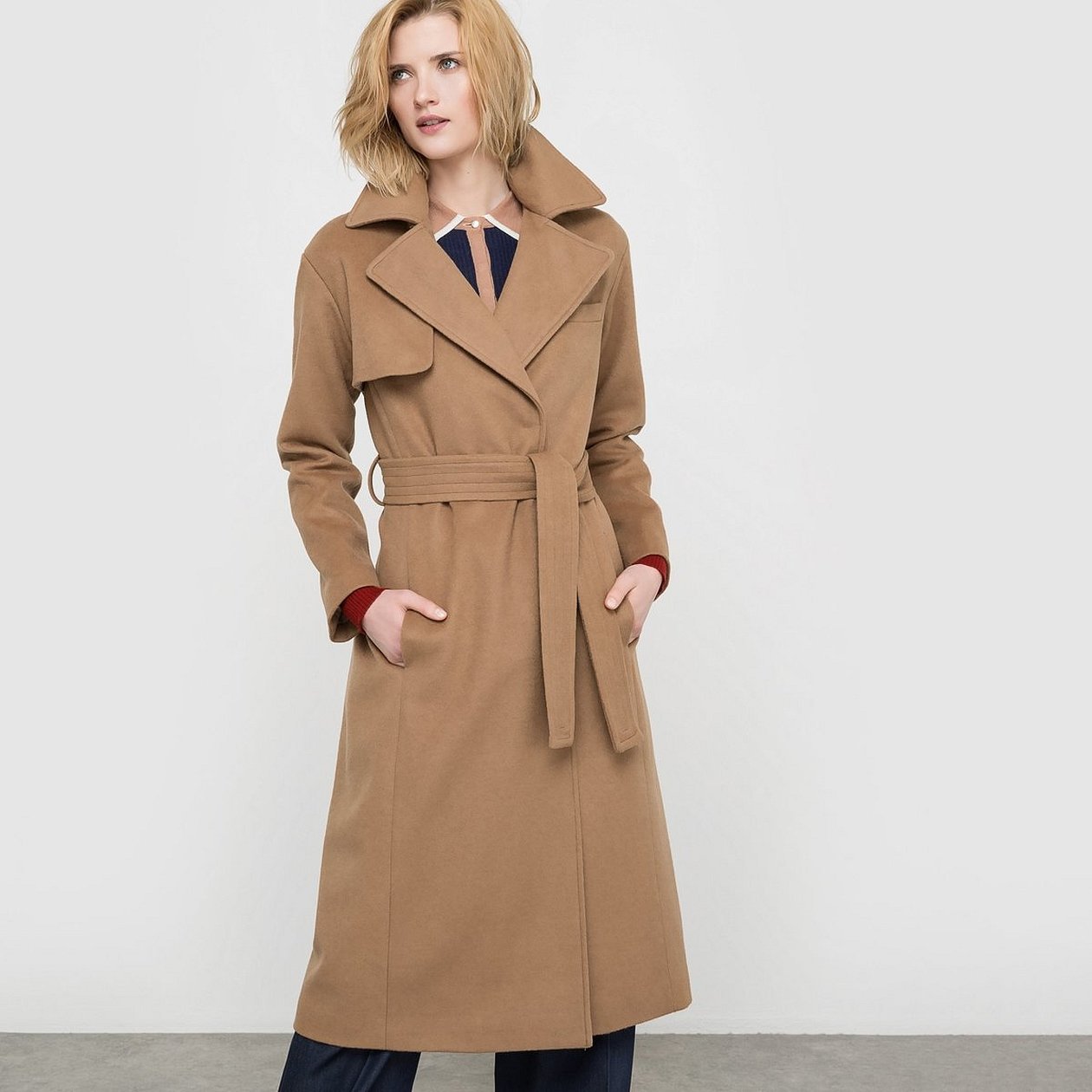
How to cut and sew a coat using patterns
Before you start sewing the product directly, to find out how to sew a coat, you should decide on the type of product: sewing a straight-cut coat will differ from making a loose-fitting coat, the technology of sewing on a lining will have its own characteristics.
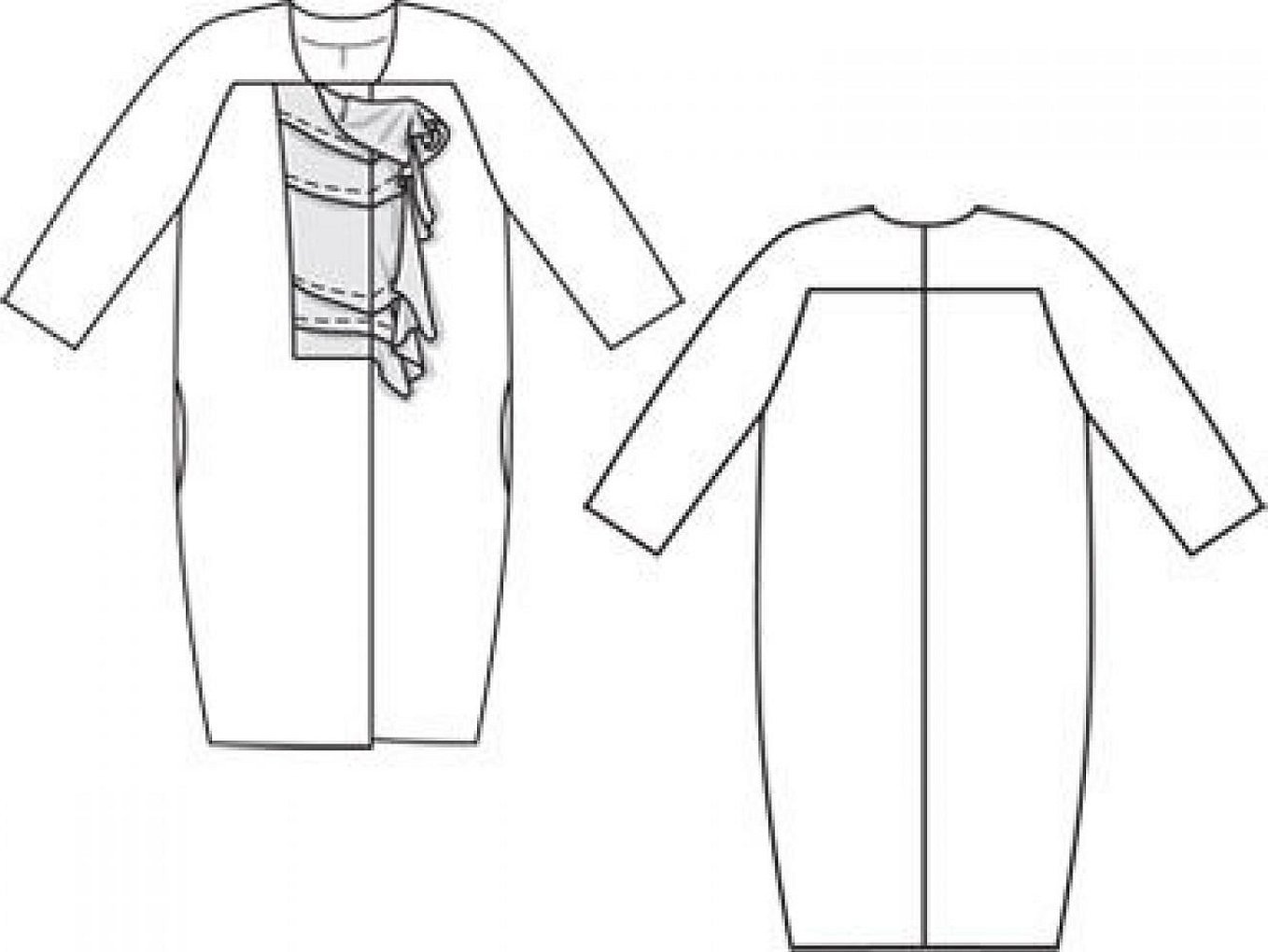
It doesn't matter who will wear the coat - a girl or an adult woman - not every novice master can accurately cut out a children's set, and if there is a hood and other details, the complexity of the product increases, the class of skill, accordingly, increases. The best mannequin for improving practical skills is a doll.
Finishing the bottom of the sleeves with facing
There are many ways to process the bottom of products and sleeves. In many ways, the choice of technology depends on the type of product - cardigan or poncho, as well as on the equipment at hand, the master's professional skills.
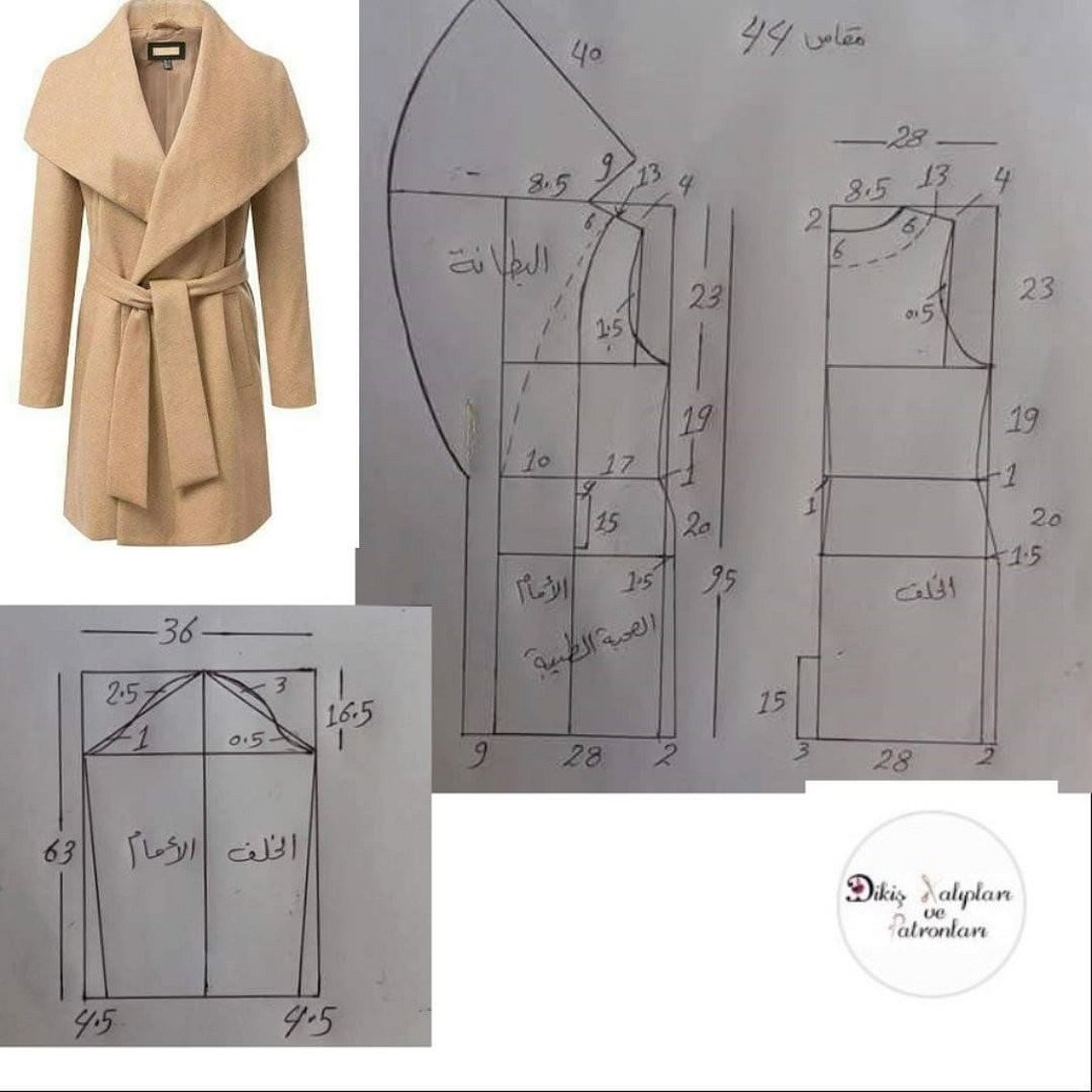
Facing is often used. This type of sleeve processing is done according to the algorithm:
- The facing is sewn onto the sleeves;
- The parameters for the allowance for sewing the facing onto the facing are adjusted;
- The seams of the facing are ironed, the piping is straightened from the main piece;
- The facing is secured with blind stitches;
- The bottom is ironed.

Sleeve lining base
When sewing a product, not everything always turns out as planned. Sometimes it happens that the sleeve was conceived as a single-seam, and when the product is ready for fitting, it becomes clear that the sleeve width is not enough. In this case, the option to sew a two-seam sleeve is appropriate, which means that some skill is required.
On the sleeve, 2 lines are drawn, defining the position of the inner and elbow seam (the distance is taken as minimal). The width of the allowances is marked - 15 mm and the detail is cut out together with the seam, which acts as a pattern.
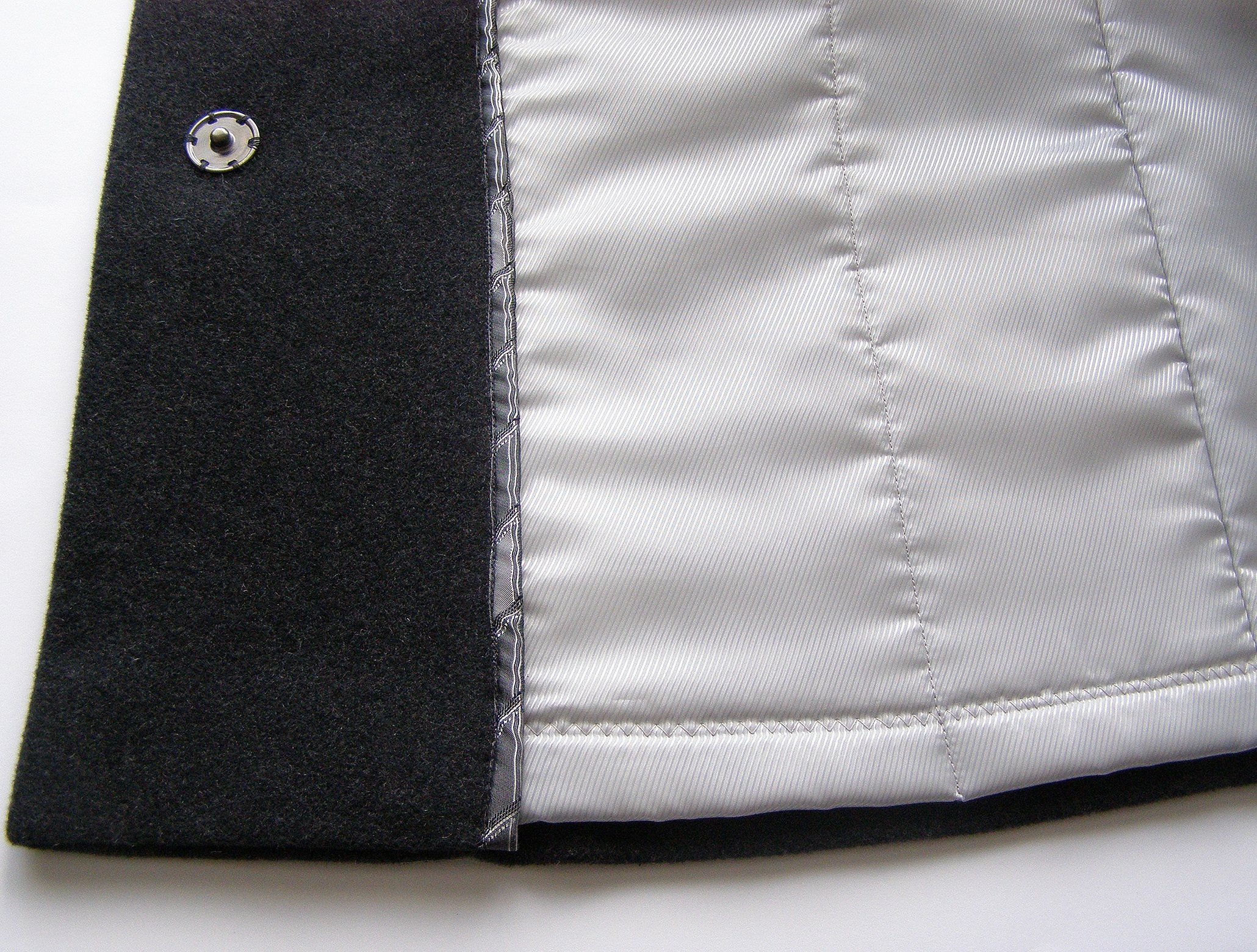
Processing pockets in darts
There are many types of pockets used in sewing clothes. Among them is a pocket with a flap: often used when sewing coats. Making this pocket is not difficult if you strictly follow the instructions:
- The pattern is applied to the front panel, the location of the pocket is marked. The corners of the pocket are pinned;
- The pocket frame is stitched (basted);
- The location of the pocket is duplicated on the inside of the product. A strip of interlining is cut out (the share of the material coincides with the vertical of the pocket detail). The parameters of the interlining strip are 3 cm longer than the pocket and 4 cm longer than the frame of the detail;
- From the inside, the part is glued with interlining and ironed;
- The pocket leaf is cut out of artificial leather or other fabric - wool, contrasting material. The leaf detail is additionally duplicated if it does not have the required density.
Leaflet parameters:
- Width - frame width + 30 mm;
- Length - frame length + 30 mm.
The leaflet is folded in half and stitched. It is placed on the middle of the frame in a vertical position, stitched, falling into the swept border of the frame.
Attention! The frame has perfect angles - the machine stitching does not go beyond the basted line by even a millimeter.
This is necessary so that when you turn the pocket inside out, it does not become skewed and all the corners are even.
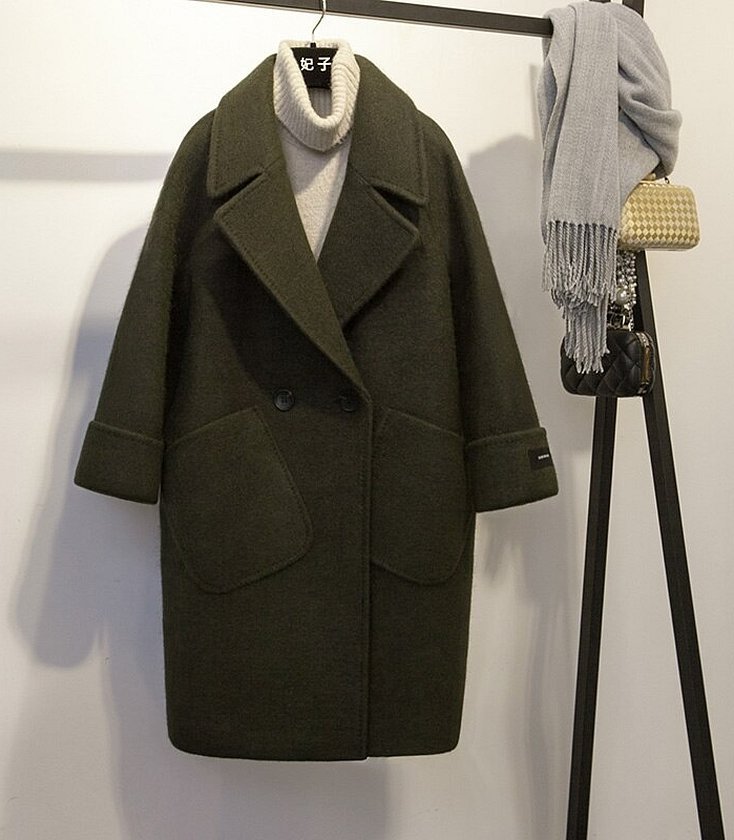
Cut out the lining
There are several ways to cut the lining.
According to patterns
The width of the facing and facing is subtracted from the middle patterns of the back and front, an allowance is made in the places of “subtraction”, and a double allowance is added.
If the patterns are cut, they are combined.
The pattern is glued along the waistline, end to end, with tape, the middle parts of the front and back, the facing and the facing are cut off from the patterns.
Attention! The sleeve is cut out by combining the patterns of the top and bottom, and a double hem allowance of 7 cm is added to the bottom of the product.
The remaining allowances are made in the same way as for the “top” parts.
By product
When cutting out the lining for the product, ready-made front and back pieces are used, with a processed facing piece.
Making a collar
The collar is an integral part of clothing, and a coat is no exception.
Several types of collars are used in outerwear:
- "Mandarin";
- "Clamp";
- "Pipe";
- "Turn-down". Varieties: "Kent", "Tab", "Butterfly", "Shark".
Course of action:
- From the intersection of the neck and shoulder bevel (item 1) draw a line parallel to the fold of the lapel. On it, 90 mm are set aside (item 2) at the intersection of the neck and shoulder bevel, an arc with a radius of 90 mm is constructed;
- From point 1, 20 mm is measured off - the height of the gate post, point 3 is placed. Points 1 and 3 are connected.
- From point 3, draw a perpendicular to straight line 1-2, set aside the width of the collar. Connect point 3 and the left cut with a smooth line.
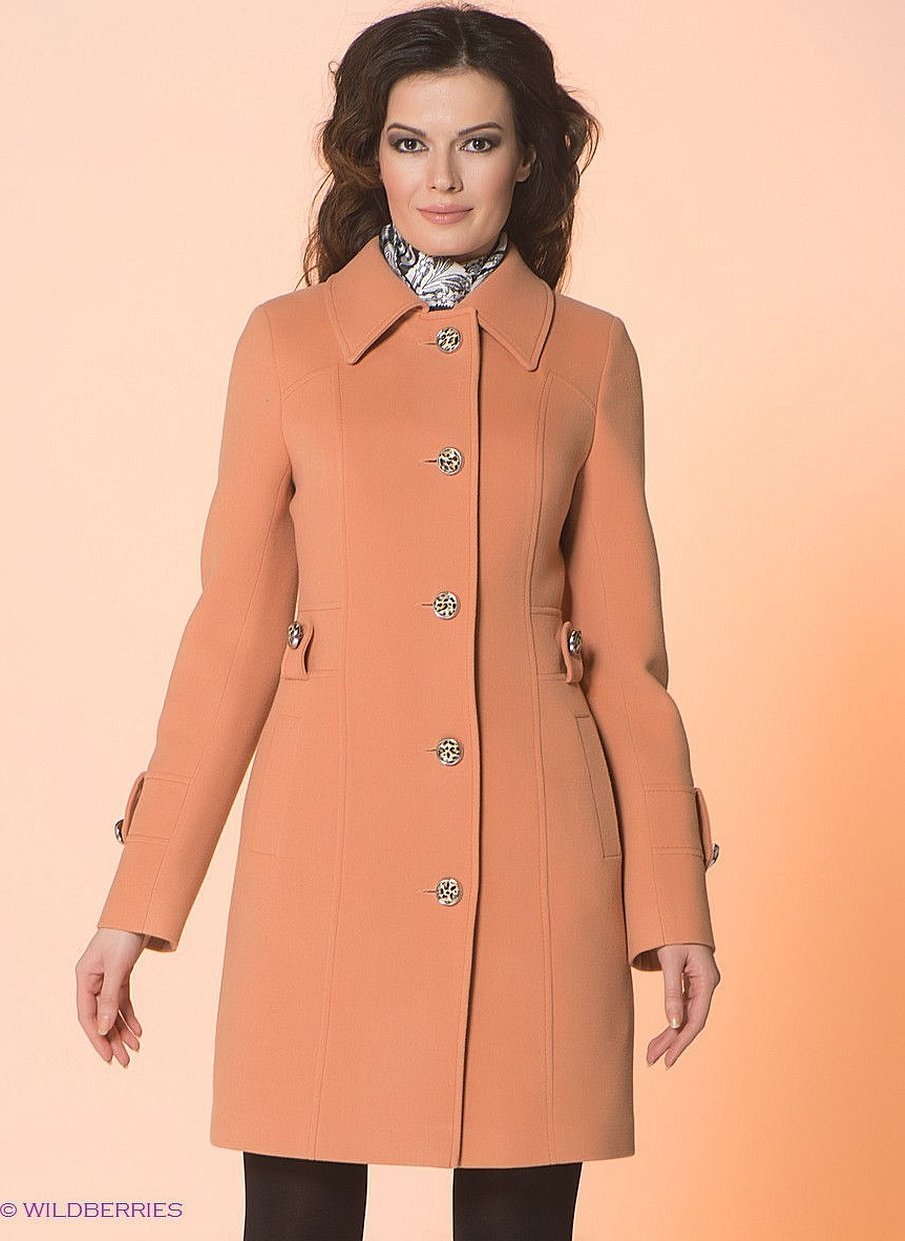
Lining base
The lining is cut not according to the main pattern, but according to the details, taking into account the allowances that are made along the shoulders.
The lining extends beyond the neckline of the front and back pieces. The allowance for the armhole piece and bottom is 20 mm.
In the location of the facings, the shelf and lining parts are cut without taking into account the underboot, but there should be a 40 mm allowance.
When cutting out the lining, the darts are marked and drawn from the inside. The lining is stitched after the first fitting. If the product has been adjusted, then changes are made to all available parts.
The darts are stitched in the same way as on the top, and there is an option to stitch them along the waistline. Using a similar technology will prevent the lining from pulling the main material when walking.
The sleeve lining is cut along the edge of the pieces, with an allowance of cm, along the elbow by cm, starting from the elbow line and up to the armhole, the allowance is 15 mm. Along the armhole, the lining allowance is:
- On the upper half - 25 mm;
- At the bottom - 30 mm. After trying on, the sleeve is made and a lining is sewn along its bottom so that a wave-shaped seam allowance of cm remains. The overhang is secured with stitches to the bottom of the sleeve.
- Inside the sleeve piece, the lining is attached along the seams in several places (along the bottom line).
- The sleeve is straightened using oblique stitches, the lining is attached along the top of the sleeve at a distance of 10 cm from the armhole.
- The sleeves are ironed and the base is made.
Attention! After stitching, the product with overcast seams inside is positioned 100 mm above the waist. The coat is ironed, the bottom and sides are processed, the product is turned inside out and put on the person.
At the very top, on the front side, the ironed lining with overcast seams is put on the coat and markings are made for the edging.
The marking is done on the sleeve cap and facings. According to the marking, the unnecessary fabric on the lining, in the area of the facings and collar, is cut off for easy stitching, basted along the edge folded to the lining (cm).
From the inside, the lining sleeve is sewn into the armhole, along the markings, using pins or basting stitches, and is attached along the armhole to the shoulder seam, along the bottom of the sleeve.
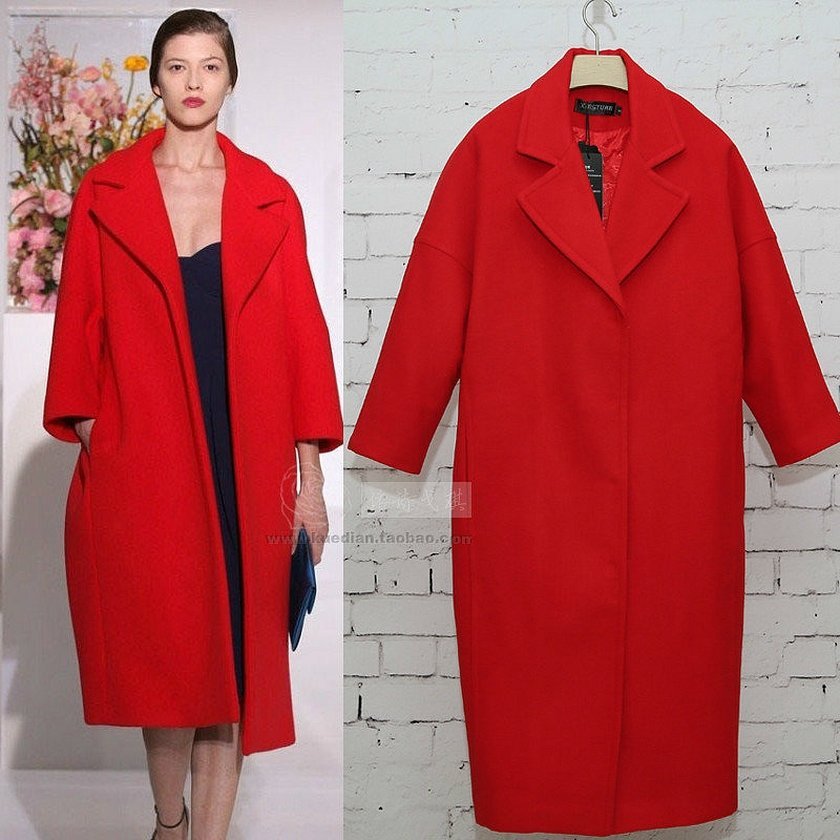
Connecting the product to the lining
The lining is attached to the coat, sewn on with a machine in a circle, starting from the bottom edge of the processed corner of the facing along the collar, ending with the connection of the second facing.
Turning the bottom
The coat is put on the person, marks are made on the lining, according to them the excess of the lining fabric is trimmed so that when folded, the stitching does not reach the extreme hem line by 25 mm. After finishing the hem, the lining is ironed in the places where it is attached to the coat.
Turning the sides
To obtain identical lapels and corners located at the bottom of the shelves in shape and size, the areas before the facing are marked using auxiliary patterns. The operation is carried out from the side lining, located along the chalk line at a distance of 0.7 cm from the side cut of the shelves. The parameters of the thickness of the lines drawn with chalk are no more than 0.1 cm.
Allowance is given for sewing into the neck opening, starting or ending the line near the lapel ledge, edge or fold of the collar. Lining material should not get into the sewing seam. The end of the stitching line of the allowance, the upper collar into the neck opening coincides with the chalking line of the lapel ledge.
Afterwards, the side is turned on a machine with a knife.
The seam width parameters depend on the method of processing the sides: when fluffing or laying a finishing line along the edge, the seam width is 0.4 cm, and when finishing - 0.6 cm. If the sides are turned on a machine that does not have a knife, the seams are trimmed manually.
The seam width, when puffing or finishing the lapels with a stitch, on the shelf is 0.4 cm, on the facings - 0.5 cm, in the corner part of the lapels and lapels - 0.3 cm. During finishing, the seam width on the shelves is 0.4 cm, on the facings - 0.6 cm, in the corners - 0.3 cm. At the place of the lapel ledge, the facing and the shelf are cut perpendicularly, along the neckline, not reaching the stitch - 0.2 cm.
Attention! After the operation, the correctness of the facing is checked by applying an additional pattern from the facing side.
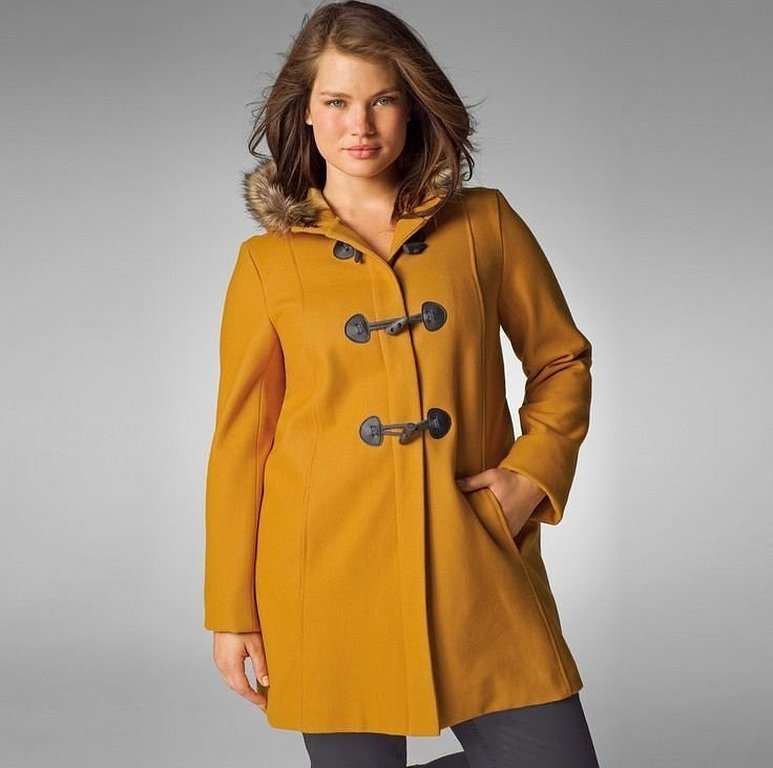
Sewing a coat is a complicated and difficult task. During the work, many situations arise when you have to adjust the pattern, check the sizes. This is why sewing should be done by an experienced craftsman who can cope with the difficulties that arise. It makes sense to start with the simplest items, and then take on more complex ones.




